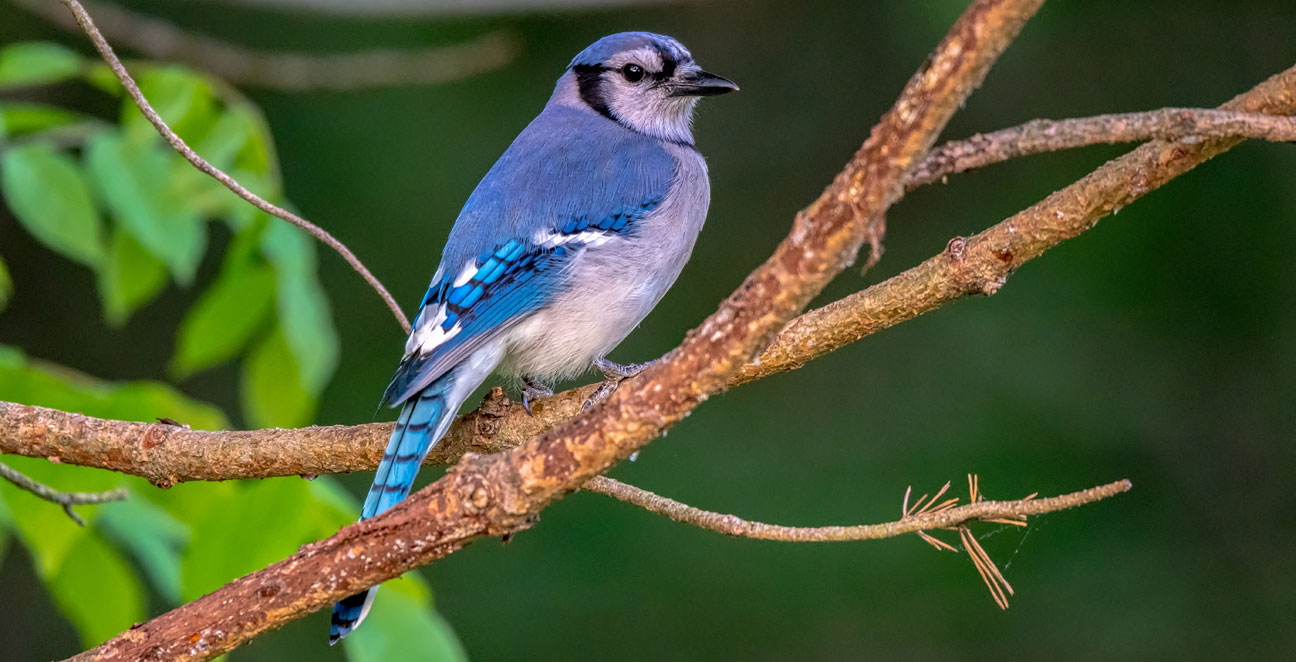
Downy Woodpecker
Scientific Name:
Dryobates pubescens
Length:
5.5-6.7 in (14-17 cm)
Weight:
0.7-1.0 oz (21-28 g)
Wingspan:
9.8-11.8 in (25-30 cm)
Nest:
The nest is a cavity in dead limbs or dead trees, usually 12-30' above ground, sometimes 5-60'. The entrance is often surrounded by fungus or lichen, helping to camouflage site.
Eggs:
4-5, sometimes 3-6. White. Incubation is by both sexes, about 12 days.
Feeding Behavior:
They eat mainly insects, including beetle larvae that live inside wood or tree bark as well as ants and caterpillars. They eat pest insects including corn earworm, tent caterpillars, bark beetles, and apple borers. About a quarter of their diet consists of plant material, particularly berries, acorns, and grains. Downy Woodpeckers are common feeder birds, eating suet and black oil sunflower seeds and occasionally drinking from hummingbird feeders.
Young:
When the eggs hatch, the infant woodpeckers weigh about 1.6 grams, which will rise to around 3.2 grams over the course of its first day of life. They will appear fully grown by the 17th or 18th day. These younger birds are marked by tinted red crowns for the males, and striped or white dotted crowns for the females. Eventually, these crowns will turn jet black after they finish molting in summer.
Range:
Downy woodpeckers are native to forested areas, mainly deciduous, of North America. Their range consists of most of the United States and Canada, except for the deserts of the southwest and the tundra of the north. Mostly permanent residents, northern birds may migrate further south; birds in mountainous areas may move to lower elevations.
Brief Description:
The downy woodpecker is mainly black on the upperparts and wings, with a white back, throat and belly and white spotting on the wings. There is one white bar above the eye, and one below. They have a black tail with white outer feathers barred with black. Adult males have a red patch on the back of the head whereas juvenile birds display a red cap.